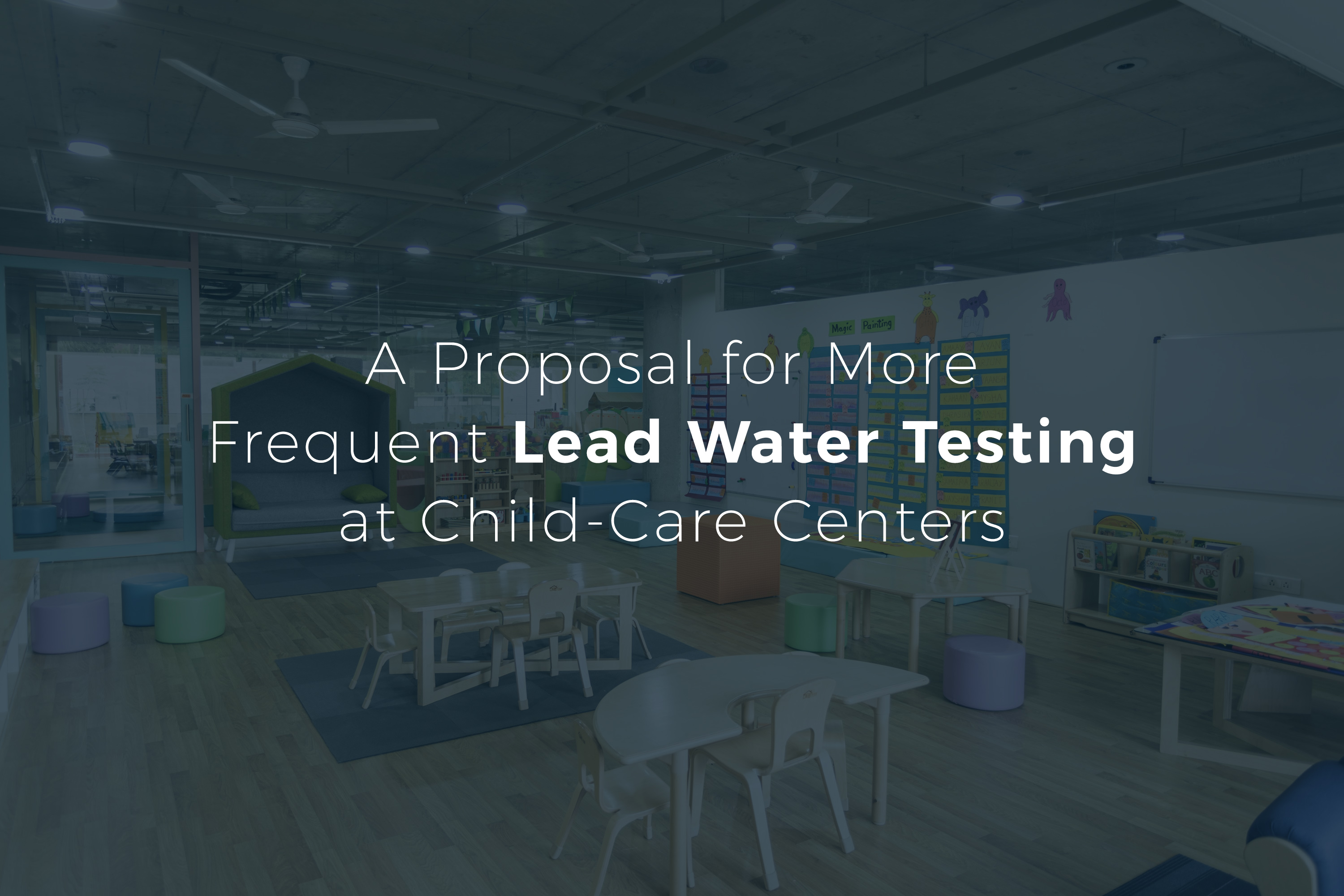
When it comes to raising healthy children, protecting them from environmental hazards such as lead is critical for their growth and development, which is why the recent findings of lead tests conducted at child-care centers in California are a cause for concern.
1 in 4 California Child-Care Centers Tests Dangerously High for Lead
According to a recent LA Times environmental health article, test data released by California’s Department of Social Services revealed that 1 in 4 of the state’s child-care centers has dangerously high levels of the metal in their drinking water. 1
This news meant that the lead found in the drinking water was above the state’s limit of 5 ppbs (parts per billion), where one ppb is the equivalent of one drop of contaminant in 500 barrels of water. Lead, which is a dangerous neurotoxin, was found in nearly 1,700 child-care centers licensed by the state.
The study implies that thousands of California infants, toddlers and children are still getting exposure to the neurotoxicity of lead, which can negatively affect a child’s intelligence, ability to pay attention, academic achievement and more.
Susan Little, senior advocate for California government affairs for the nonprofit Environmental Working Group, shared her thoughts on the matter.
“Not only are we seeing very clear evidence that there is a problem in our child-care centers and in different care settings, but that this is really the tip of the iceberg,” Little said. “Parents and decision makers really need to pay attention to these findings, and we need to step up and try to make sure the water children are drinking at these centers and elsewhere is free of lead.”
Assembly Bill 2730 Helped Expose the Lead Problem
The breaking news of the lead water problem at child-care centers was due to legislation enforced by the California government—Assembly Bill 2370 (AB2370). The bill was passed in 2018 and requires all licensed Child Care Centers (CCCs) built before 2010 to test their drinking water for lead contamination between January 1, 2020, and January 1, 2023, and then every 5 years after the date of the first test. AB2370 also required that facilities that exceeded acceptable limits must reduce their lead levels, give educational materials to parents, and conduct health and safety training for child-care providers. 2
Lead Water Results Raise the Need for Accelerate the Testing Cycles
All of the above results come from the first round of testing since the law was implemented. It also aligns with the lead water results that we at Adviro, an environmental consulting and testing company, have found from conducting child-care center lead water tests throughout Northern, Central, and Southern California.
As an environmental company whose mission is to safeguard the health of individuals through testing for lead, we propose that the seriousness of the lead problem be addressed more aggressively.
To protect the children who face the most health risks due to lead exposure, we propose that California increase the lead testing for drinking water to every two years instead of every five years. By doing so, we can protect the health of our youngest and most vulnerable citizens, promote their development, and contribute to a healthier future.
The Importance of Lead Testing Every Two Years
Early Detection: Conducting lead testing every two years in California child-care centers will provide early detection of potential lead contamination. By identifying and addressing the issue promptly, the centers can mitigate the risk of long-term harm to children.
Preventive Measures: Regular testing allows child-care centers to take necessary preventive measures promptly. These can include replacing lead-containing fixtures and plumbing, implementing filtration systems, and educating staff and parents about the importance of lead-free drinking water.
Compliance with Regulations: By passing a new assembly bill that requires child-care centers to test their drinking water for lead every two years, the bill allows the centers to legally demonstrate their commitment to the safety and well-being of the children in their care.
Building Trust: Routine testing instills confidence among parents, guardians, and the community. When child-care centers prioritize lead testing, they communicate their dedication to providing a safe environment for children, earning the trust and support of families and caregivers.
Data Collection and Analysis: By implementing regular testing protocols, we can gather comprehensive data on lead levels in child care centers across California. This data can help policymakers, public health officials, and researchers assess the extent of the problem, develop targeted interventions, and track progress over time.
In Summary
Protecting children from the hazards of lead exposure is a shared responsibility that requires that government, schools, environmental health advocates and families work together. With AB2370 in place, California child care centers have taken the first step in uncovering the seriousness of our lead water problem. In light of the new data findings, more serious steps should—and must—be taken to ensure the safety of drinking water in child care centers.
Passing a new bill that requires child-care centers (and all schools for that matter) to test their drinking water for lead every two years is the next essential step toward safeguarding the well-being and development of our future generations. By doing so, we demonstrate a commitment to prioritizing the health of our youngest citizens. At Adviro, we support taking proactive measures, implementing preventive strategies, and building a safer and healthier environment for our children to thrive and fulfill their potential.
Sources:
1Pineda, D. (2023, May 18). Drinking water at 1 in 4 California child-care centers tests dangerously high for lead. LATimes.com. Retrieved August 15, 2023, from https://www.latimes.com/california/story/2023-05-18/drinking-water-at-1-in-4-california-child-care-centers-tests-dangerously-high-for-lead#:~:text=In%20test%20results%20that%20suggest,metal%20in%20their%20drinking%20water.
2 Gaines, K. (2021, July 28). RELEASE OF THE WRITTEN DIRECTIVES FOR LEAD TESTING OF WATER IN LICENSED CHILD CARE CENTERS PER AB 2370. Https://www.Cdss.ca.gov/. Retrieved July 25, 2023, from https://www.cdss.ca.gov/Portals/9/CCLD/PINs/2021/CCP/PIN-21-21-CCP.pdf

Recent Comments